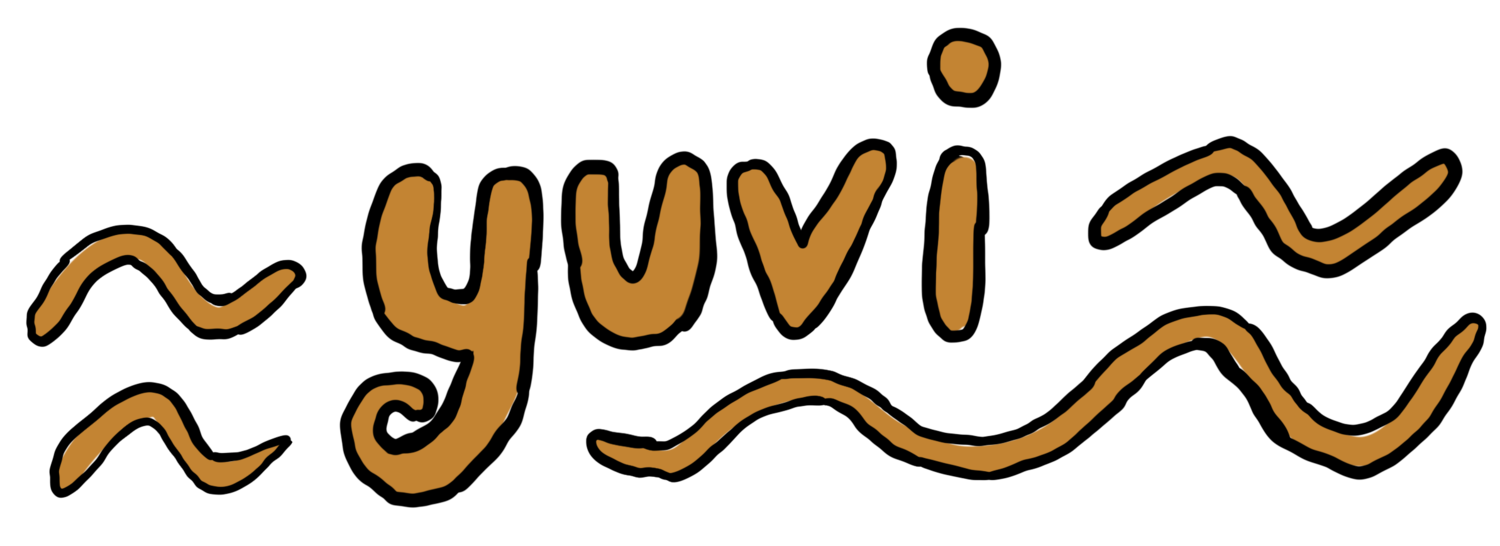How I Use Tech to Write (video)
For the past few years, I've wanted to make a video about my writing process when I'm working on a book-sized project. My process is a zig-zaggy combination of scribbling and typing and listening. I particularly love writing on an iPad because you have a few different ways to interact with it (stylus + keyboard + voice + weeping under the desk), and I also find it a less distracting tool than an old-school computer. The problem with my first few fAiLeD attempts at making this video was that I overly focused on exactly what tech and which apps I used... It's just too easy to get caught up in buying the trendy app of the month with the hopes that it'll save you from the difficulty of writing. (Nothing will save you. Writing sucks!) And my main goal was really to focus on how and why I use the tools that I use. (But I also didn't want to totally ignore the apps that I find valuable, because they are lovingly built and they are fabulous to use.) So... hopefully this short video gives you a feel for my approach without getting too lost in the technical weeds... (Below the video you'll find more of the gory details.)
If you want more details about the apps, here are the apps that I use:
GoodNotes. This is my current favorite scribbling tool. Simple and clean and feels so natural to use. Lovingly built and regularly updated.
Notability. I also dig this app and often switch back and forth between this app and GoodNotes. This app is also built with such care and I honestly can't tell you that one is better than the other. Try them both if you like.
Ulysses. This is my current favorite writing tool. Looks beautiful and really powerful for organizing a book. I used to evangelize Scrivener and I still really love that app, but I like the simplicity and cleanliness of Ulysses a little better. And Ulysses is still plenty powerful -- with nested folders and keywords and export, it does everything I need it to do. Works just as well on iPad as on Mac.
Scrivener. I still have tremendous affection for this tool and it can do so much to help you organize your book.
Say the Thing. A pretty dumb text-to-speech tool that I WROTE MYSELF! The reason I wrote it is because I wanted a lightweight app that will take whatever text you throw at it. You can copy/paste text, drag/drop text, or use the share command from most text editors. Is it amazing? No. Is it pretty good? Maybe. Is it free? Yes.
And since I was a little too quick and confusing about my specific process in the video, here it is for those who care:
First draft, I scribble in my scribbling tool. Write by hand without thinking too hard about what I'm up to.
Then I type it up in my writing tool. I do a little bit more organizing and thinking about it in this step. I keep the scribbling app and the typing app side-by-side as I type it up. I do not use any mechanism to automatically convert my writing into text. I know there are tools that do this, but I prefer to type it up manually so I can think about what I'm typing, and clean it up as I go along.
Then I listen to the computer read it to me. Something about having a computer read your words exposes some of the bullshit in the writing. I use my own app (Say the Thing) side-by-side with my writing tool.
Then I type up any edits after listening to it.
Then I make a PDF copy of the writing (export as PDF from Ulysses) and import it back into my scribbling tool. The formality of a PDF helps me look at it like an editor.
I read the PDF to my writing group and listen to feedback.
Based on the feedback, I scribble notes and edits on the PDF within my scribbling tool. Sometimes I'll even draw diagrams and flow charts as I think through the structure of my story.
Then I type up any changes or edits.
Then I listen to the computer read it again.
I type up edits again.
Repeat any of the above steps until done.
I know that this whole process doesn't discuss how to actually structure a story. That part is at least as important as this process I've outlined here. But I feel like every writer and every story has its own unique way to tackle the issue of structure. Sometimes I think about structure very early in the writing process, sometimes I focus on it later. Sometimes it involves pictures and diagrams, sometimes it involves lots of lists and outlines. Maybe someday I'll do a video on how this has worked for me for a particular story.
OK. That's all for now. Hope this is helpful. Or at least not harmful...
